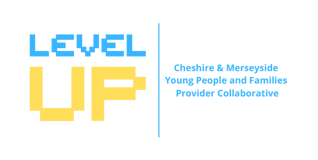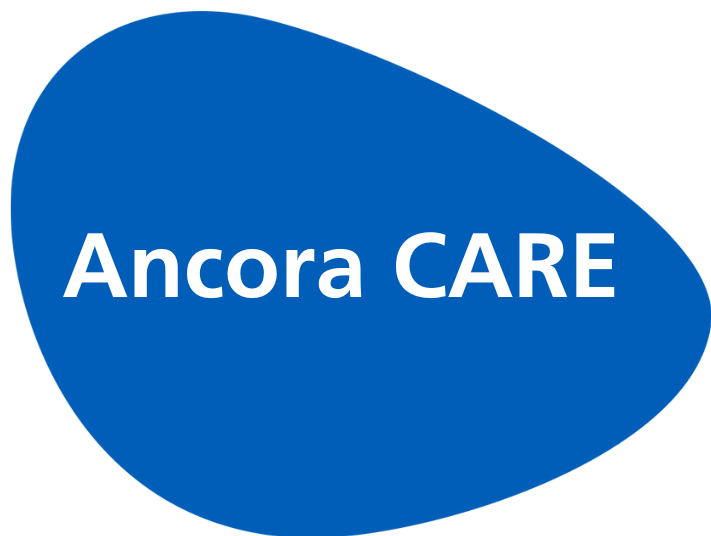Welcome to the Complex Needs Escalation and Support Tool (CNEST) on the Level Up website.
Explore this dedicated section designed to assist users of CNEST. Here you will find a detailed breakdown of each element of CNEST along with access to official tool downloads and offline guidance documents.
Contact us
For any queries related to CNEST, please email: cwp.


